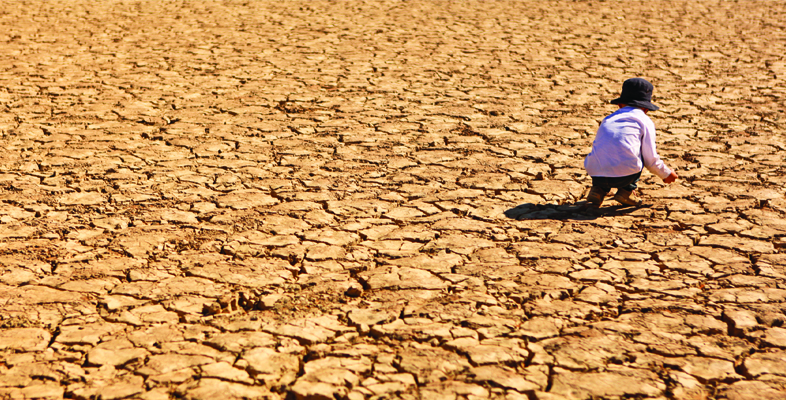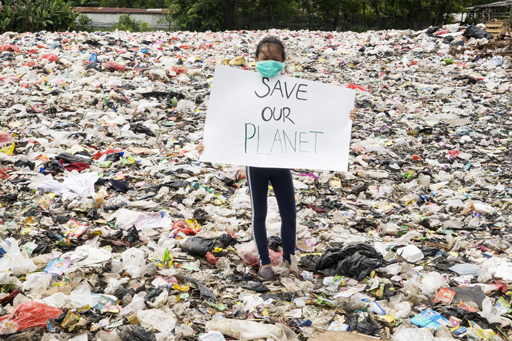2.1 How are children’s rights affected by climate change?
Increasingly, climate change is being understood as an infringement of children’s rights because children are disproportionately affected by climate change. Climate change violates their rights under the UNCRC and impacts them both now and in their future lives.
Looking at climate change in this way shifts the emphasis away from technological solutions to environmental problems and instead looks at climate change in terms of the impacts it has on children. In Activity 3 you will explore how children’s rights are being violated as a result of climate change.
Activity 3
Use the drop-down options to complete the sentences below by matching the correct UNCRC article number with the wording extracted from the full article. You should use the simplified version of the UNCRC [Tip: hold Ctrl and click a link to open it in a new tab. (Hide tip)] to help (open the link in a new tab or window by holding down Ctrl (or Cmd on a Mac)).
There are many other ways in which children’s rights are being violated through climate change. For example, climate change increases food insecurity; for the millions of children who rely on seafood as their main source of protein (and family income), warmer or more acidic waters are destroying food chains and make having a balanced diet harder. Moreover, weather extremes such as long term drought are leading to reservoirs drying up and glaciers melting, thereby endangering clean drinking water supplies. Conversely increased rain is causing flooding and disrupting farming, as well as having less obvious consequences, such as lowering indoor air quality with mould and fungi damaging indoor atmospheres (Osterloff, 2020).
These changes affect everyone but they are compounded by the pre-existing vulnerability of many children, in particular those that are living in poverty. For example, children in poverty have worse health than their wealthier counterparts and are more susceptible to malnutrition and food scarcity. They live on the worst land, which is less able to withstand the impacts of high winds, flooding and soil erosion, particularly as their homes are likely to be flimsier and their communities more physically and psychologically fragile. While these problems affect both adults and children, children’s physical and social vulnerability and dependence on adults means that poor children’s rights are at greatest risk in the face of climate change.
Acknowledging these inequalities means looking at climate change as a problem of social injustice, as well as ecological degradation. Increasingly, young activists are framing climate change in terms of social justice and intergenerational equality and this will be the focus of the next section.

